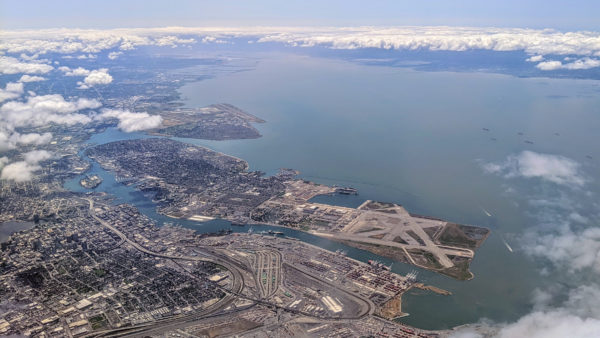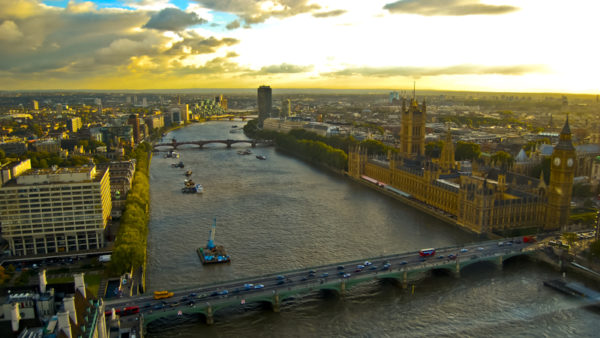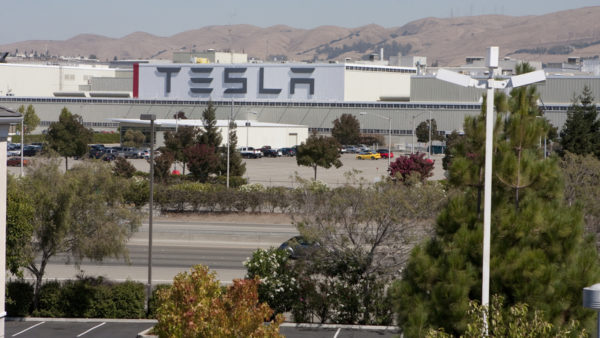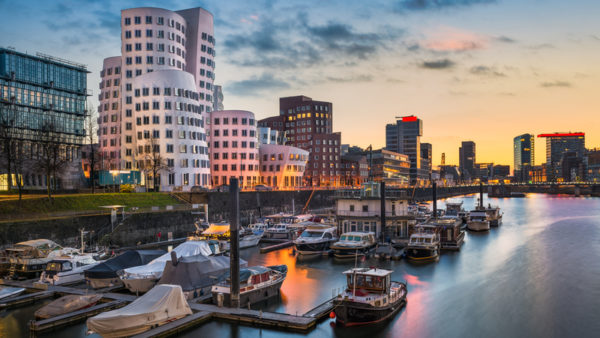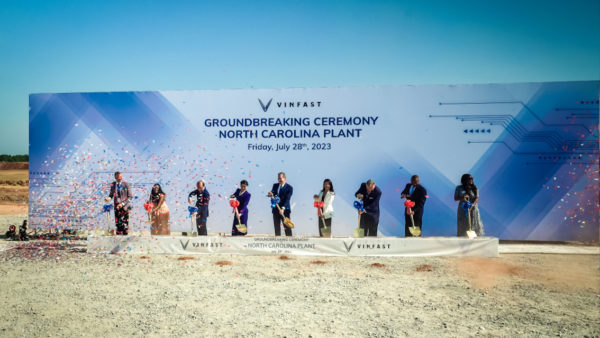21 March 2014
The World Bank has approved a $73m grant to the Democratic Republic of Congo (DRC) to pay for technical studies on the first phase of the world’s largest hydropower project, located on the Congo River.
The proposed Inga 3 Basse Chute dam, opposed by some environmental groups and Congolese NGOs, will be the first of eight hydropower plants comprising the Grand Inga project, expected by the DRC government and the World Bank eventually to produce 40 GW of electricity.
The $73m will pay for what the World Bank calls "world class expertise" to study the Inga 3 Basse Chute project. It and related, mid-sized plants will have a projected output of 4,800 MW.
The bank has not committed to funding the actual construction of the dam, which the DRC government hopes to begin in late 2015 – an optimistic start date, according to some observers.
Last year the African Development Bank approved $33.4m for technical assistance, so the DRC now has just over $106m to spend on technical, environmental, and social studies to develop Inga 3 Basse Chute and related projects.
The World Bank said DRC will set up an "autonomous and transparent" Inga Development Authority. The bank said this body would "follow best international practice in selecting the private concessionaire and negotiating power purchase agreements".
Only 10% of Congolese people currently have access to electricity, according the World Bank. DRC also has vast mineral reserves which cannot be fully exploited because of a lack of power and poor infrastructure.
"Inga 3 BC is undoubtedly the most transformative project for Africa in the 21st century," said DRC’s prime minister, Matata Ponyo Mapon.
He added: "It is one of the strategic pillars of development for the DRC, that needs energy to expand growth and reduce poverty in a sustainable way."
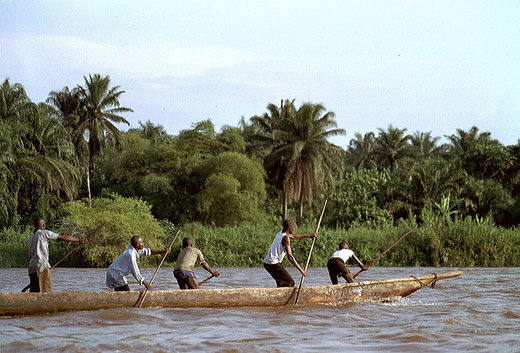
Boatmen on Congo River, which International Rivers believes is at risk from the world’s largest hydropower project (International Rivers/Thierry Michel/Trigon Film)
One thousand megawatts of the power produced by Inga 3 Basse Chute would be sold to the DRC national utility, SNEL, which would sell it to households and businesses in the capital, Kinshasa. The World Bank believes this supply corresponds to the projected unmet demand growth in the city by 2025.
Another 1,300 MW would be sold to mining companies in DRC’s Katanga Province, while 2,500 MW would be transmitted across several borders and sold to South Africa.
Controversy surrounds the proposed distribution, and the development in general.
In January a coalition of 12 Congolese NGOs wrote to the World Bank appealing for it to rethink the environmental impact of the scheme, and demanding that at least 50% of the power go directly to the DRC population.
Signatories also complained about a lack of transparency on the part of the DRC government in relation to the project.
Environmental group International Rivers called Inga 3 a "risky mega-project that will not benefit the local population", and cited a recent study by Oxford University researchers which found that large dams throughout history suffered average cost overruns of 96%.
They studied 245 dams built in 65 countries between 1935 and 2007, and concluded that their high costs make them uneconomical.
But the World Bank insists the project is a good idea. It says that, with an estimated generation cost of $0.03/kWh, the dam will be one of the most affordable sources of energy in Africa.
And it maintains that Inga 3 would have a relatively small impact. Inga 3 BC does not include a dam on the Congo River itself but rather would divert about a sixth of its flow into the Bundi Valley, creating a 15.5-sq-km reservoir.
"A preliminary environmental and social assessment concluded that the Inga 3 BC development has a smaller footprint compared to hydropower projects of the same capacity," the bank said, adding: "The land area to be flooded per megawatt (MW) of electricity generated will be among the smallest in the world."
Finally, it believes that its involvement will stop this dam project from turning out like others.
"By being involved in the development of Inga 3 BC from an early stage we can help ensure that its development is done right so it can be a game changer by providing electricity to millions of people and powering commerce and industry," said Makhtar Diop, the World Bank’s Africa vice president.






